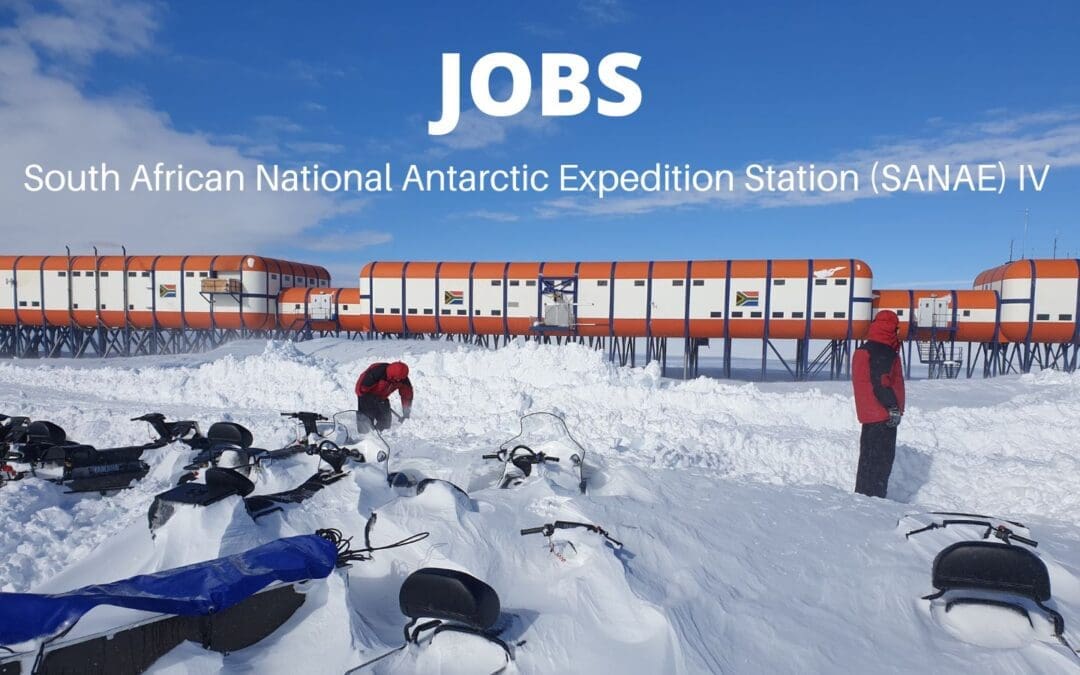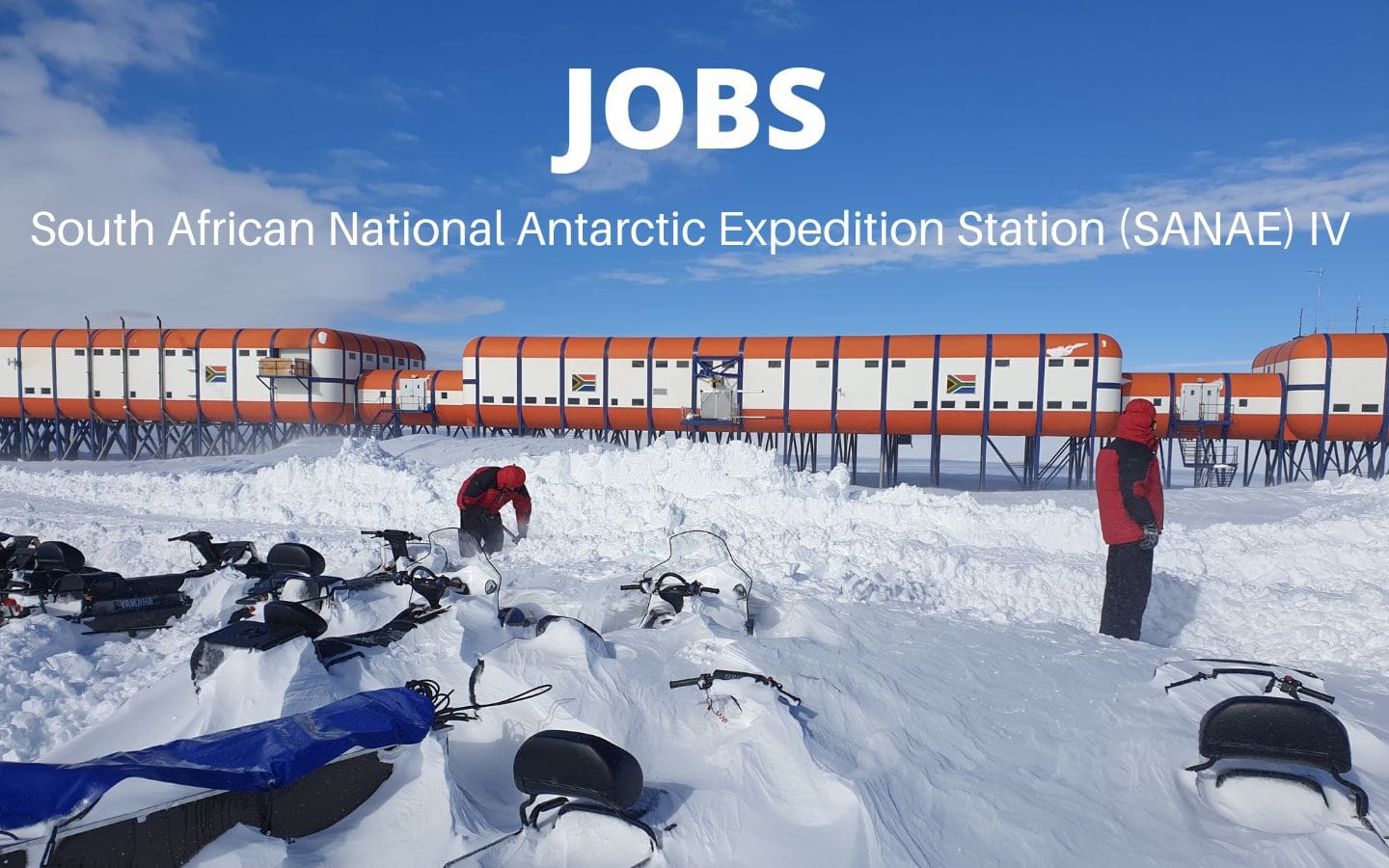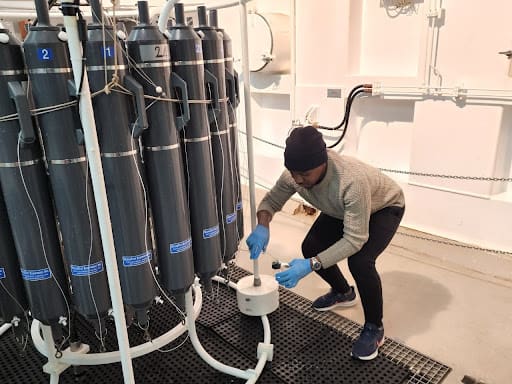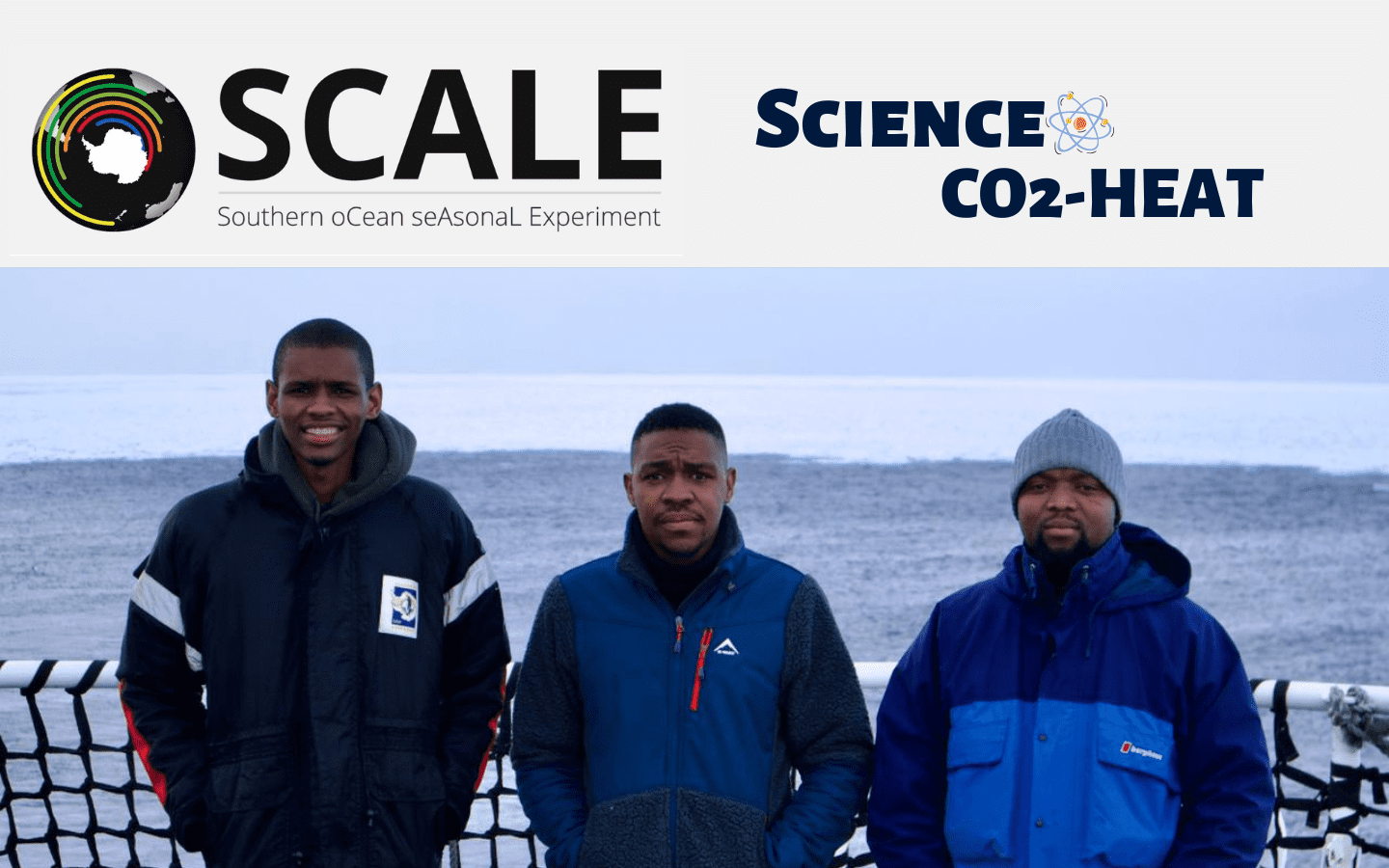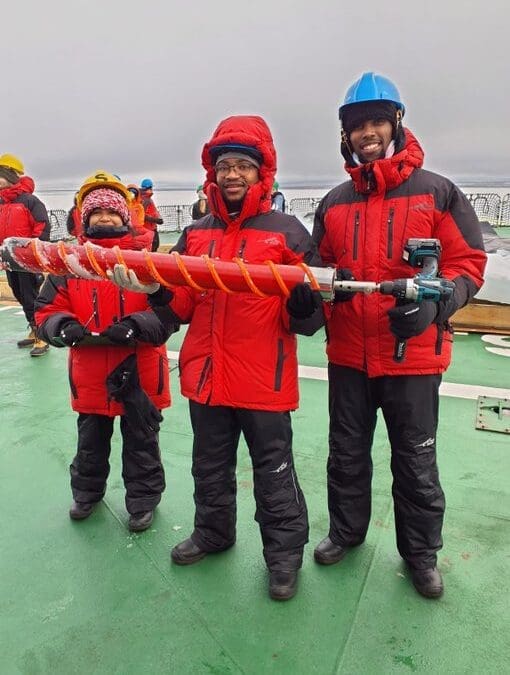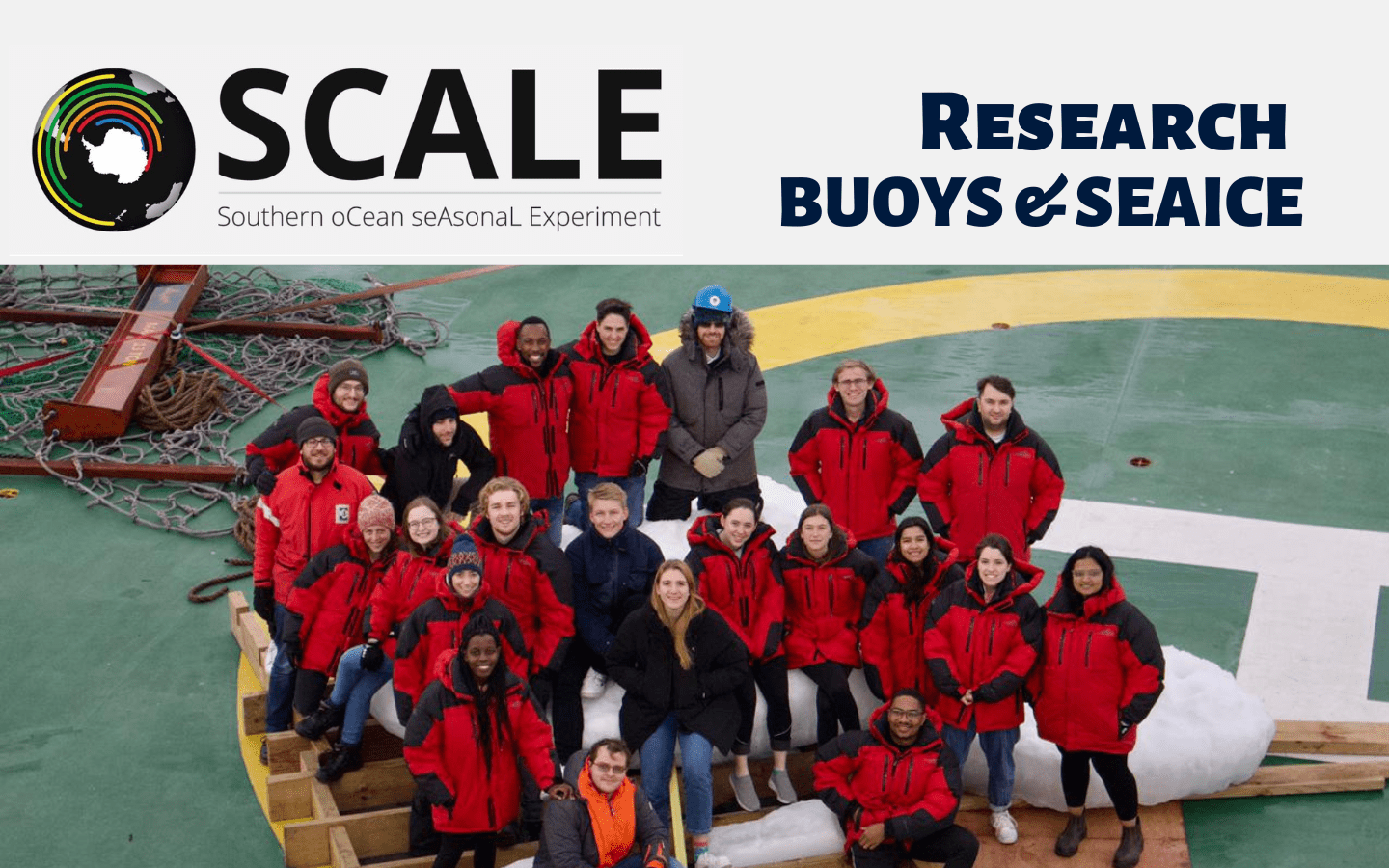
by Ria Olivier | Aug 23, 2022 | Current Event, Gough Island, News, Overwintering Team, SA Agulhas II, SANAP, Science, Southern Ocean, Stations, Take-Over Operations, Tristan da Cunha
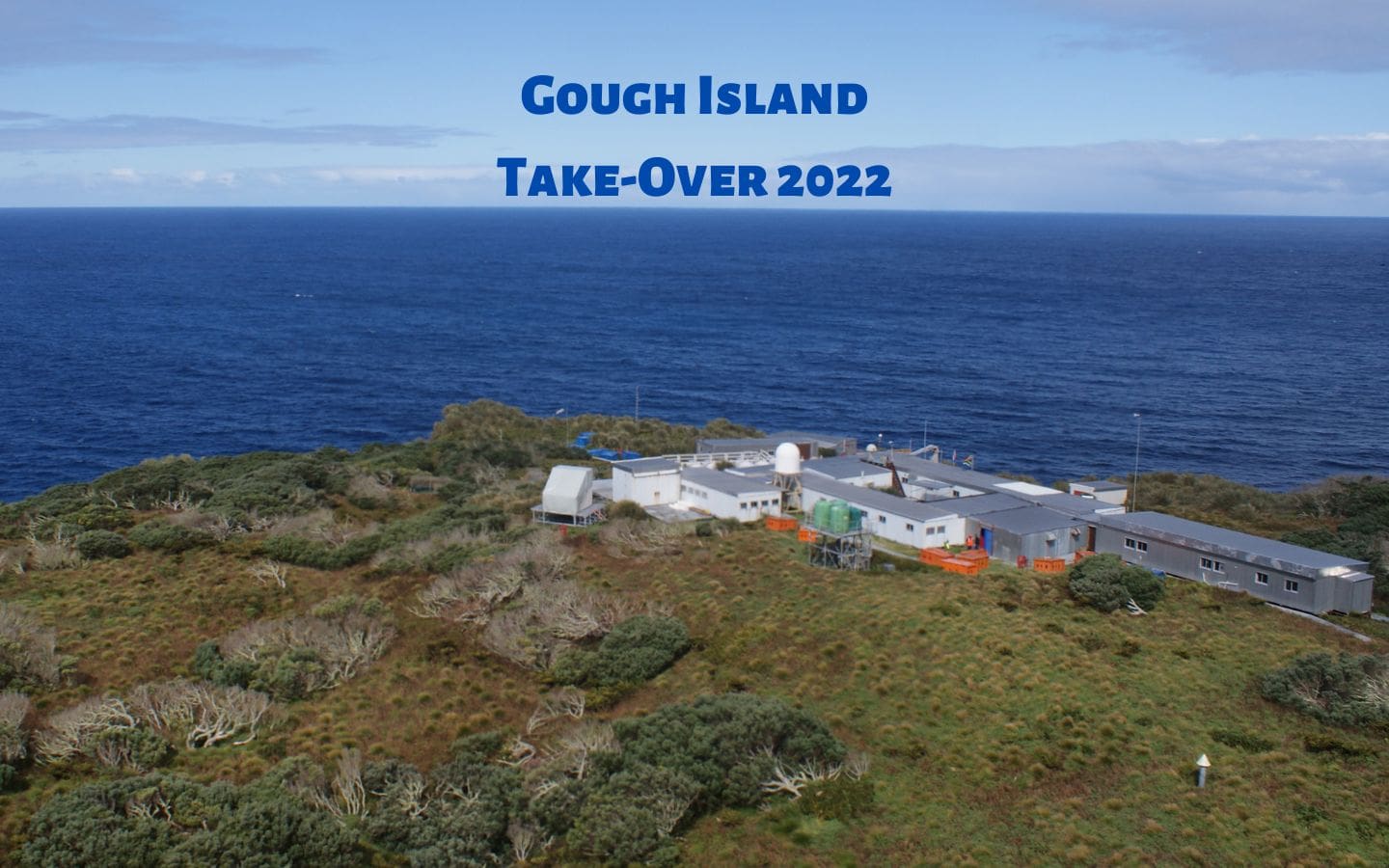
The S.A. Agulhas II departed from East Pier, V&A Waterfront on her annual Gough Island relief voyage on Saturday, 20 August 2022.

On the way to Gough Island, the vessel will stop at Tristan da Cunha, offloading Tristan passengers and cargo. This stopover will approximately be 60 hours. From here the vessel will depart to Gough Island. Passengers will disembark and cargo will be offloaded with helicopters. Scientific projects will commence.
Onboard are the DFFE Logistics team, the 68th Gough Island Overwintering team (9 team members), the National Department of Public Works (NDPW) maintenance team, Helicopter crew, Scientific personnel, and Tristan passengers.
Logistics Team
Department of Forestry Fisheries and the Environment (DFFE)
Directorate: Southern Oceans & Antarctic Support
Management, logistics and support for this voyage |
| Departmental Co-ordinator (DCO) | Ms Nomzi Ndzandzeka |
| Assistant DCO | Mr Zukisa Kuse |
| Technical Section | Mr Willem Boshoff |
| Medical Doctor | Dr MC Taggart |
| Waste Technician | Mr Tatulo Fipaza |
68th Gough Island Overwintering Team (Click here for profile pictures of the team members)
| Medical Orderly/Team Leader | Mr Joyfull Ntobeko Gaju |
| Diesel Mechanic | Mr Sibusiso Maduna |
Communications Engineer/
Deputy Team Leader | Mr Mayembe Kapenda |
| Electrical/Base Engineer | Mr Eddy Mfezeko Xaki |
| Senior Meteorology Technician | Mr Philani Siyabonga Ngcobo |
| Assistant Meteorology Technician | Mr Khuliso Collen Maphaha |
| Assistant Meteorology Technician | Mr Mphumzi Brooklyn Zilindile |
| RSPB Field Assistant | Dr Lucy Dorman |
| RSPB Field Assistant | Ms Rebekah Goodwill |
National Department of Public Works Maintenance Team
| Project Manager Leader | Mr Takalani Mudau |
Refrigeration Mechanical
& Deputy Leader | Mr William E Kriege |
| Carpenter | Mr A Petersen |
| Carpenter | Mr E Roberts |
| Carpenter | Mr ME Gazi |
| Bricklayer | Mr MI Jantjies |
| Plumber | Mr M Maluka |
| Plumber | Mr MW Samsodien |
| Plumber | Ms N Sogoni |
| Painter | Ms B Nelani |
| Crane Technician | Mr James Page |
| Crane Technician | Mr L Pierce |
| Mechanical | Mr J Zeelie |
| Mechanical | Mr MLG Porta Nova |
| Mechanical | Mr B Mpengesi |
| Mechanical | Mr LN Thomas |
Helicopter Crew
| Team Leader & Engineer | Mr Raymond van der Watt |
| Captain | Mr Waldo Venter |
| Captain | Mr Eugene Viljoen |
| First Officer | Mr Mukapitendwa Khalushi |
| First Officer | Mr Jason Abrey |
| Engineer | Mr Daniel Carstens |
Engineer Engine/
HLO/Crewman | Mr Warren Vogt |
| EngineerCrewman | Mr Eduan Teich |
| EngineerCrewman | Mr Jodi Brophy |
| Fire Fighter | Mr Zakariah Johnson |
Scientific fieldwork planned for the 2022 take-over
| South African Weather Service (SAWS) |
| Atmosphere and Ocean Surface Research |
| Group Leader | Mr. Julian Grace |
|
| Department of Forestry, Fisheries and the Environment (DFFE) |
| Monitor trends and changes in water quality, provide guidance and support |
| Group Leader | Ms Silindokuhle Ndlela |
|
| Royal Society for the Protection of Birds (RSPB) |
| Gough Island Restoration Programme |
| Group Leader | Dr Antjie Steinfurth |
|
| South African National Space Agency (SANSA) |
| Polar Space Weather Studies |
| Group Leader | Mr Christopher Gray |
|
| University of Fort Hare |
| Landscape and climate interactions (LCI) |
| Group Leader | Dr Elizabeth Rudolph |
Featured Image: Gough Island station (Credit: Julius Klette).
Anche Louw, Antarctic Legacy of South Africa, 23 August 2022

by Ria Olivier | Aug 17, 2022 | Antarctica, News, Research, SA Agulhas II, SANAP, SANAP Student, Science, Southern Ocean, sub-Antarctic

“SCAR’s mission is to advance Antarctic research, including observations from Antarctica, and to promote scientific knowledge, understanding and education on any aspect of the Antarctic region. To this end, SCAR is charged with the initiation and international co-ordination of Antarctic and Southern Ocean research beneficial to global society. One of the most effective ways to do this is to bring researchers together to share their latest results, discuss new ideas, and provide opportunities to develop new projects” – www.scar.org
SCAR expanded its biennial business meetings to include an Open Science Conference (OSC). This year’s open science conference was held from 1 – 10 August 2022, hosted by India. It made it possible for participants and attendees to discuss current results and develop future projects. The conference included plenary, parallel and satellite events, as well as workshops. Business meetings of the science groups were held before the open science conference.

South Africans participated and attended various sessions during the conference (see details below):
- Keynote speaker Katye Altieri: “Stable isotopes as a tracer of reactive nitrogen emissions and aerosol formation in the Southern Ocean”.(link)
- Bettine van Vuuren chaired a mini-symposium.
- Christel Hansen, Mia Wege, Geoff Grantham, and Charne Lavery were session convenors.
- The business meetings were attended by Bettine van Vuuren, Sarah Fawcett, Ria Olivier, Christel Hansen, Anche Louw, Charney Lavery, Geoff Grantham, Thulani Makhalanyane and Werner Nel.
Presentations delivered:
- Geoff Grantham: The Age And Chemistry Of Granitic Gneisses From The Western H.U.Sverdrupfjella, Maud Terrane, Western Dronning Maud Land, Antarctica. (link)
- Ria Olivier: Digging into the Past; An archive as a tool to compile and establish a timeline of human impact in our polar heritage (link); Collaboration of South African Researchers in an Extreme Cold Environment. (link)
- Marcel du Plessis: Insights from the SO-CHIC Expedition: what have we done and where are we now? (link)
- Morgan Raath-Krüger: Do Anisotropic Processes Influence Fine-Scale Spatial GeneticStructure Of A Keystone Sub-Antarctic Plant Species? (link)
- Charne Lavery: Antarctica, Africa and the Arts (link)
- Adrienne van Eeden Wharton: On Aftermaths and Afterlives, Afterimages and Aftersounds: Mourning-As-Witnessing Ecological Destruction in the SouthernOcean/S
- Daniela Monsanto: Landscape Genetics Of A Springtail Endemic To Marion Island (link)
- Sophie Kohler: Ice in the Southern Imagination (link)
- Pedro Lebre: Uncovering The Unexplored: The Microbial Ecology Of Sub-AntarcticIsland Soils (link)
E-Posters:
- Liezel Rudolph: A geospatial database for the sub-Antarctic Prince Edward Islands (link)
- Geoff Grantham: The Kuunga Accretionary Complex of Sverdrupfjella, western Dronning Maud Land, Antarctica (link)
- Shilpa Parbhu: Understanding how an invasive springtail adapted to cold sub-Antarctic Marion Island (link)
- Trevor McIntyre: The ontogeny of southern elephant seal foraging migration strategies: finding their way as they go (link)
Antarctic Legacy of South Africa communicated South Africa’s participation and conference-related announcements on Twitter (47 Tweets). A highlight was the session on the discovery of Shackleton’s Endurance, where South Africa was frequently mentioned during the talk.
What is to come:
- SCAR Delegates Meeting (5-7 September 2022)
- All the best to Bettine van Vuuren and Tracy Klarenbeek attending as SA representatives.
All posters and presentations can be found on the ALSA digital archive.
The conference virtual site is still available – if you have missed out on any sessions you can listen to the recordings, and all abstracts and posters can still be downloaded.
Ria Olivier, Antarctic Legacy of South Africa, 17 August 2022.

by Ria Olivier | Aug 12, 2022 | Announcement, Research, SA Polar Infratsructure, SA Polar Research Infrastructure, SANAP, SAPolarRI

Nishendra (Nish) Devanunthan (right) has been appointed as the Operations Coordinator for the South African Polar Research Infrastructure (SAPRI) of the Logistics Node. He will work directly with Dr Juliet Hermies (left), the acting director of SAPRI.
 The operations coordinator will be based at SAEON Egagasini Node, in Cape Town, and will be responsible for the day-to-day operational and logistical management of SAPRI. The main responsibilities will be to support effective communication and coordination between SAPRI stakeholders, coordinate Supply Chain Management activities at SAPRI to meet organizational objectives, and support the promotion of transformation within polar science. Nish Devanunthan brings to SAPRI a wealth of knowledge in engineering, logistics, operations, and project management. His understanding of navigating the public administration landscape, public procurement, stakeholder engagement, planning and execution of logistics are very relevant to his appointment as operations coordinator.
The operations coordinator will be based at SAEON Egagasini Node, in Cape Town, and will be responsible for the day-to-day operational and logistical management of SAPRI. The main responsibilities will be to support effective communication and coordination between SAPRI stakeholders, coordinate Supply Chain Management activities at SAPRI to meet organizational objectives, and support the promotion of transformation within polar science. Nish Devanunthan brings to SAPRI a wealth of knowledge in engineering, logistics, operations, and project management. His understanding of navigating the public administration landscape, public procurement, stakeholder engagement, planning and execution of logistics are very relevant to his appointment as operations coordinator.
 Nish hails from a small town in KwaZulu-Natal on the North Coast and completed his MBA in 2017. His previous appointment was the Director of Southern Oceans & Antarctic Support in the Department of Forestry, Fisheries and the Environment (DFFE): Oceans & Coasts since 2013. His activities and responsibilities as director at DFFE, such as planning, forecasting, and overseeing execution of projects as well as financial and contract management will be very relevant to his appointment as operations coordinator. Read more.
Nish hails from a small town in KwaZulu-Natal on the North Coast and completed his MBA in 2017. His previous appointment was the Director of Southern Oceans & Antarctic Support in the Department of Forestry, Fisheries and the Environment (DFFE): Oceans & Coasts since 2013. His activities and responsibilities as director at DFFE, such as planning, forecasting, and overseeing execution of projects as well as financial and contract management will be very relevant to his appointment as operations coordinator. Read more.

 He has been to SANAE IV, Marion Island, and Gough Island and was South Africa’s representative at the Council for Managers of National Antarctic Programs (COMNAP), and has attended the past Antarctic Treaty consultative meeting (ATCM).
He has been to SANAE IV, Marion Island, and Gough Island and was South Africa’s representative at the Council for Managers of National Antarctic Programs (COMNAP), and has attended the past Antarctic Treaty consultative meeting (ATCM).
Read more about Nish Devanunthan in the mid-month series on the SANAP website.
Cover photo: Andrew McDonnell
Ria Olivier, Antarctic Legacy of South Africa, 12 August 2022.

by Ria Olivier | Aug 1, 2022 | Announcement, Antarctica, Jobs, Overwintering Team, SANAE, SANAP, Stations, Team member

Applications are now open!
Application deadline: 15 August 2022.
View all positions on the JOBS page

by Ria Olivier | Jul 29, 2022 | Antarctica, Current Event, Research, SA Agulhas II, SANAP, Science, Southern Ocean, sub-Antarctic
A CSIR-SOCCO – DFFE-Oceans & Coasts partnership

Team CO2-HEAT (L-R): Bubele Rasmeni, Siyabulela Hamnca and Baxolele Mdokwana.
| TEAM | CO2-HEAT |
| Project Name | Contemporary and Future Drivers of CO2 and Heat in the Southern Ocean |
| Principal Investigator | Sarah Nicholson | Council for Scientific and Industrial Research (CSIR) |
| Co-Principal Investigator | Pedro Monteiro | Council for Scientific and Industrial Research |
| Co-Principal Investigator | Sebastiaan Swart | University of Gothenburg |
Onboard CO2-HEAT team members:
| Team Member | Role | Affiliation |
| Siyabulela Hamnca | Onboard Team Leader | Council for Scientific and Industrial Research |
| Baxolele Mdokwana | Technician | Department of Forestry, Fisheries and the Environment (DFFE) |
| Bubele Rasmeni | Technician | Department of Forestry, Fisheries and the Environment |
Contemporary and Future Drivers of CO2 and Heat in the Southern Ocean
The contemporary Southern Ocean mitigates the effects of anthropogenic climate change through its disproportional uptake of carbon and heat. However, it is not well understood how this role will evolve under different emission and mitigation scenarios. The Southern Ocean also remains the largest source of global ocean uncertainty in the global estimates of CO2 and heat fluxes. While much has been achieved globally and regionally in constraining the variability and some of the mechanisms that drive Southern Ocean CO2 and heat fluxes separately, we propose that a significant part of the challenge lies in the lack of research on CO2 and heat together to better understand the feedback and the mechanisms that drive those feedbacks.
This SANAP-NRF project aims to examine the changing role of the Southern Ocean in global climate by looking at the two main drivers CO2 and heat, in an integrated way using an unprecedented 10-year high resolution glider dataset from the 2012-2022 SOSCEx experiments, prognostic biogeochemical models, and new observational experiments planned in partnership with CSIR and DFFE as well as the SO-CHIC EU H2020 project. This collaboration is undertaken as part of the emerging National Ocean CO2 Facility, a research infrastructure integration between CSIR and DFFE within SAPRI and hosted at DFFE.
We aim to gain a better understanding of how the interaction of atmospheric synoptic cycles (storms) and fine-scale (0.1-100 km) ocean processes influence seasonal-decadal variability of CO2 and heat fluxes. This will include the extent to which they feedback on each other and ultimately contribute to a better understanding of the role of the Southern Ocean in the global carbon-climate system.
The expected three outcomes are:
- Improved observational constraints for the contemporary seasonal-interannual variability of CO2 and heat fluxes.
- Understanding of how storms and their interaction with fine-scale dynamics influence the seasonal and interannual variability of CO2 and heat fluxes.
- Identify the potential mechanisms that could explain the decadal anomaly in CO2 fluxes at the end of the 20th century.
Winter cruise sampling:
The SCALE Winter-2022 cruise provides an important opportunity to address a key source of uncertainty in annual Southern Ocean CO2 and heat observations – the dearth of winter time observations. While the lack of winter observations has been improved by the recent proliferation of SOCCOM floats, ship-based observations remain highly valuable as an independent and direct measurement of CO2 and importantly include heat flux observations. On the SCALE Winter-2022 cruise, the CO2-Heat team will be sampling profiles of dissolved inorganic carbon (DIC) and Total Alkalinity. The underway pCO2 system will also be operated during the cruise. Simultaneously, the heat flux sensors are in continuous operation measuring the short and long-wave radiation on minute time-scales. In addition, as part of SO-CHIC, two Saildrones will overlap with the ship sampling path for calibration of measured CO2 and heat flux. The Saildrones will remain in the Southern Ocean sampling heat and CO2 fluxes for the remainder of winter. These key winter observations will be contrasted to the previous summer observations made during the dedicated SO-CHIC cruise in January 2022.

Dr Siyabulela Hamnca in action during SCALE-WIN22.

For more information visit:
Text supplied by Sarah Nicholson (PI).
Featured image supplied by Kurt Martin (SAPRI trainee).
Anche Louw, Antarctic Legacy of South Africa, 29 July 2022.

by Ria Olivier | Jul 29, 2022 | Antarctica, Current Event, Research, SA Agulhas II, SA Polar Research Infrastructure, SANAP, Science, Southern Ocean, STEM

Team Buoys, team SEAICE and the logistics personnel involved in ocean operations.
| TEAM | BUOYS |
| Project name | A network of autonomous sea ice observation platforms in support of Southern Hemisphere climate predictions |
| Principal Investigator & Onboard Team Leader | Robyn Verrinder | University of Cape Town, Marine and Antarctic Research centre for Innovation and Sustainability (UCT-MARIS)
|
| Principal Investigator & ship based Chief Scientists of SCALE-WIN22 | Marcello Vichi | University of Cape Town, Marine and Antarctic Research centre for Innovation and Sustainability (UCT-MARIS)
|
| TEAM | SEAICE |
| Project name | Mechanical and biogeochemical properties of sea ice. |
| Principal Investigator | Tokoloho Rampai | University of Cape Town, Marine and Antarctic Research centre for Innovation and Sustainability (UCT-MARIS)
|
| Principal Investigator | Marcello Vichi | University of Cape Town, Marine and Antarctic Research centre for Innovation and Sustainability (UCT-MARIS)
|
Onboard BUOYS team members:
| Team Member | Role | Affiliation |
| Robyn Verrinder | Onboard Team Leader | University of Cape Town |
| Michael Noyce | MSc | University of Cape Town |
| Agoritsa Spirakis | MSc | University of Cape Town |
| Lawrence Stanton | MSc | University of Cape Town |
| Justin Pead | Senior Tech Officer | University of Cape Town |
| Ippolita Tersigni | PhD | University of Melbourne (Australia) |
| Giulio Passerotti | PhD | University of Melbourne (Australia) |
| Jacques Welgemoed | PhD | Nelson Mandela University |
| Francesca de Santi | Research fellow | University of Cape Town |
| Jan-Victor Björkqvist | Researcher | Finnish Meteorological Institute (Finland) |
| Alberto Alberello | Senior Research Associate | University of East Anglia (U.K) |
Onboard SEAICE team members:
| Team Member | Role | Affiliation |
| Siobhan Johnson | Onboard Team Leader | University of Cape Town |
| Felix Paul | Technician/PhD | University of Cape Town
University of Duisburg-Essen (Germany) |
| Safiyyah Moos | PhD | University of Cape Town |
Tamuka Keche
| MSc | University of Cape Town |
Hayley Swait
| MSc | University of Cape Town |
Magata Mangatane
| PhD | University of Cape Town |
Lisa Kumadiro
| MSc | University of Cape Town |
Dayna Collins
| Honours | University of Cape Town |
Onboard ocean operations logistics team:
| Team Member | Role | Affiliation
|
| Riesna R. Audh | Ice operations | University of Cape Town |
| Jonathan Rogerson | Ocean operations | University of Cape Town |
| Ashleigh Womack | Sea ice operations | University of Cape Town |
BUOYS: More about the project and the team:
A variety of synoptic, seasonal and interannual drivers influence the forms, types and concentration of sea ice in the Marginal Ice Zone (MIZ) in the Southern Ocean. The temporal and spatial distribution of the ice and its physical, mechanical and biological properties are directly related to the natural variability of the oceans and atmosphere, but also anthropogenic climate change. Climate and Earth System Models have limited sea ice variable parameterisations due to the scarcity of spatially distributed high resolution measurements from the region, specifically during winter/spring. To better understand atmosphere-ice-ocean MIZ processes and to improve future prediction of seasonal sea ice coverage and extent, three main approaches are available: (1) in situ measurements, (2) area-wide satellite data, and (3) numerical and experimental modelling. The meaningful connection of these is essential for enhancing understanding of this region.
Improved use of technology and autonomous devices, capable of persistent in situ sampling at finer spatial resolutions over the winter/spring seasons in the Antarctic MIZ, are key to obtaining the datasets needed to improve Earth System Models and to validate remote-sensing products. This requires a multidisciplinary approach including engineering, oceanography and climate science. The #SCALEwin22 expedition BUOY team comprises researchers and students from several institutes including the University of Cape Town (Robyn, Michael, Justin, Lawrence, Agoritsa and Francesca), Nelson Mandela University (Jacques), University of Melbourne (Guilio and Ippolita), University of East Anglia (Alberto) and the Finnish Meteorological Institute – FMI (Jan-Victor). During the expedition we aim to collect high-frequency wave and ice drift data using ice-tethered buoys (see images below) designed and built by the UCT team as well as open water buoys developed by Tallinn University of Technology and WiseParker OÜ. These measurements will be complimented by advanced ship-based imaging of ice floes and waves using LiDAR, stereo and thermal cameras. These unique high resolution data sets will be used to better characterise wave drivers of sea ice formation during winter and to inform Southern Hemisphere climate predictability.
SEAICE: More about the project
Analysis of structural, textural, and mechanical properties of sea ice in the Antarctic marginal zone.

Read more about the SEAICE team’s research here: UCT-MARiS
Check them out on Social Media:
Fearued Image: (Back) L-R: Jan-Victor Björkqvist (BUOYS), Giulio Passerotti (BUOYS), Alberto Alberello (BUOYS), Magata Mangatane (SEAICE), Robyn Verrinder (BUOYS), Justin Pead (BUOYS), Lawrence Stanton (BUOYS), Jacques Welgemoed (BUOYS); (middle) Francesca de Santi (BUOYS), Agoritsa Spirakis (BUOYS), Ippolita Tersigni (BUOYS), Michael Noyce (BUOYS), Felix Paul (SEAICE), Siobhan Johnson (SEAICE), Hayley Swait (SEAICE), Ashleigh Womack (Sea ice operations – logistics), Safiyyah Moos (SEAICE), Dayna Collins (SEAICE), Riesna Audh (ice operations – logistics); (front) Lisa Kumadiro (SEAICE), Jonathan Rogerson (ocean operations – logistics) and Tamuka Keche (SEAICE). Image Credit: Kurt Martin.
Images by Robyn Verrinder, Agoritsa Spirakis, Alberto Alberello and Kurt Martin (SAPRI trainee).
Buoys team text by Robyn Verrinder, Principal Investigator and onboard team leader.
Anche Louw, Antarctic Legacy of South Africa, 29 July 2022.
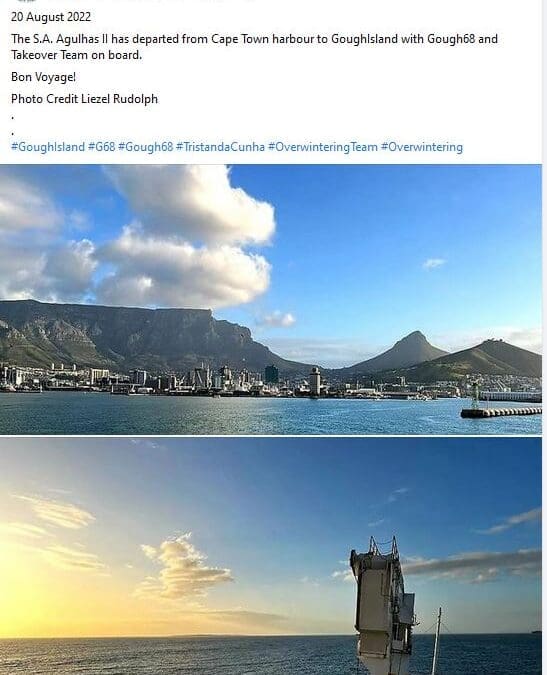



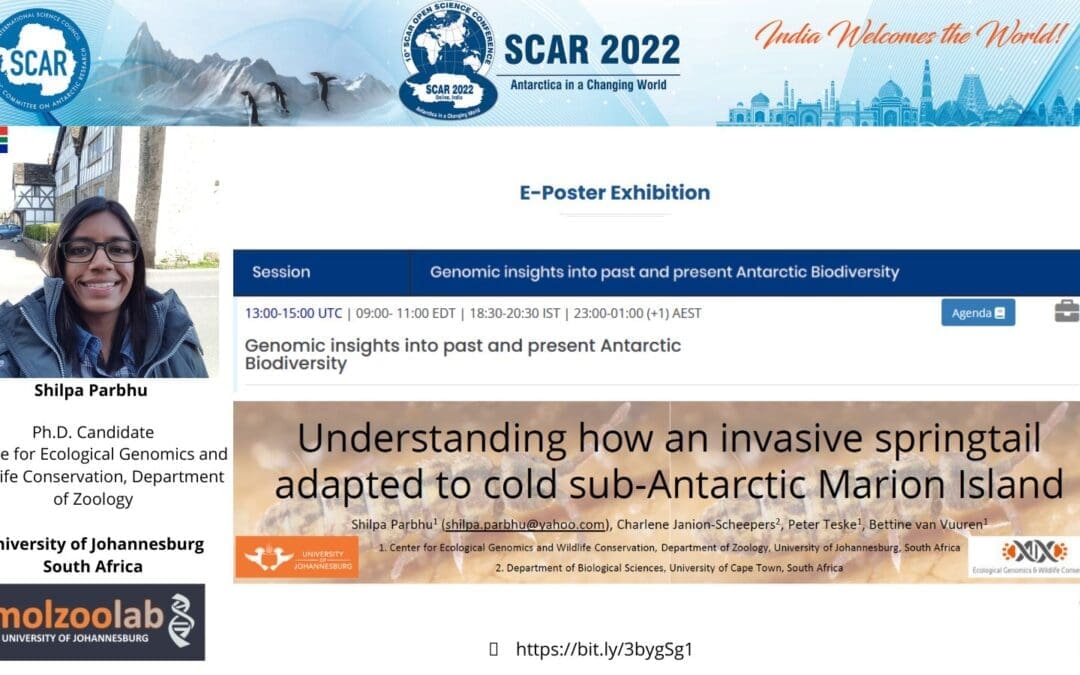
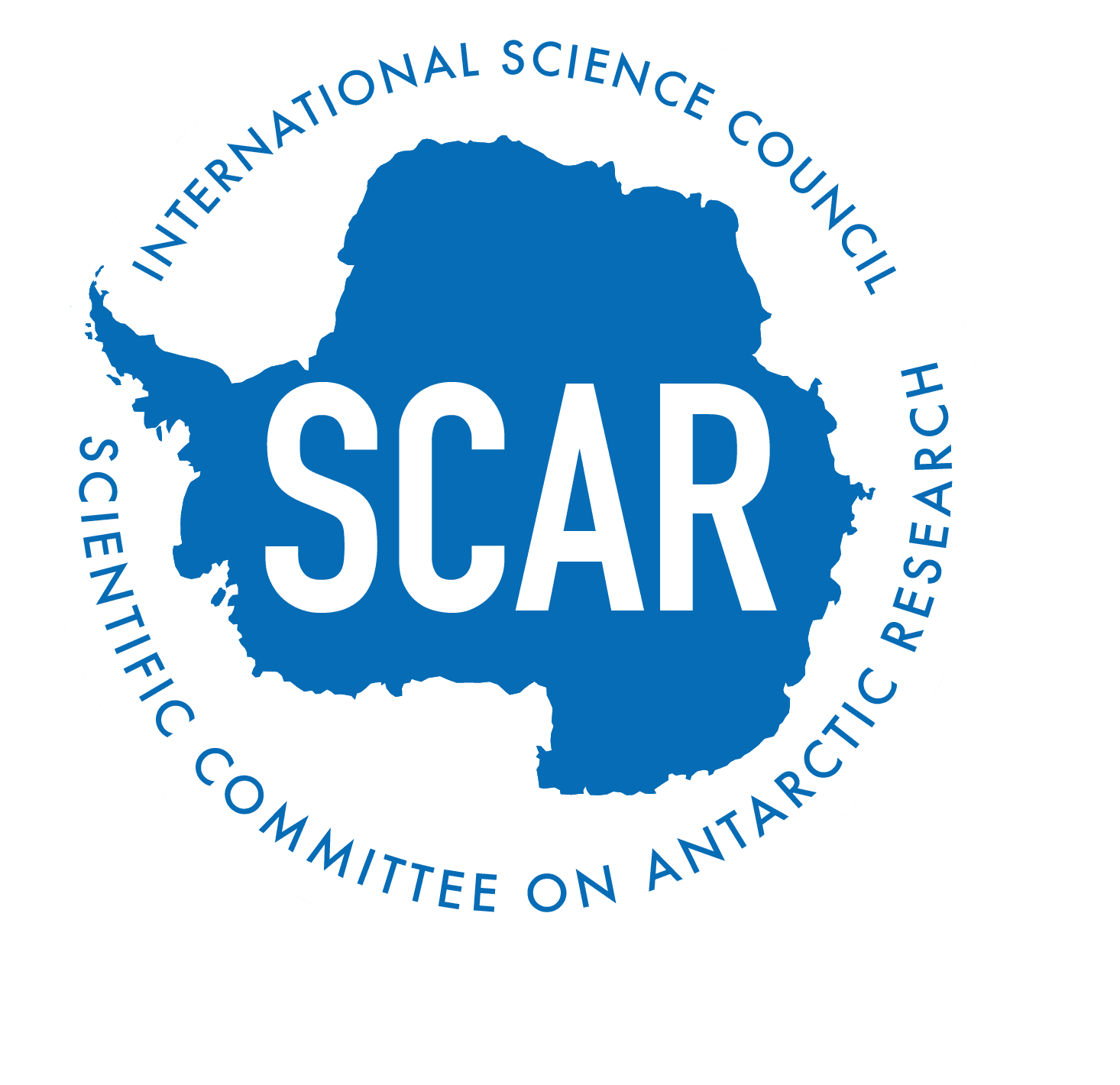
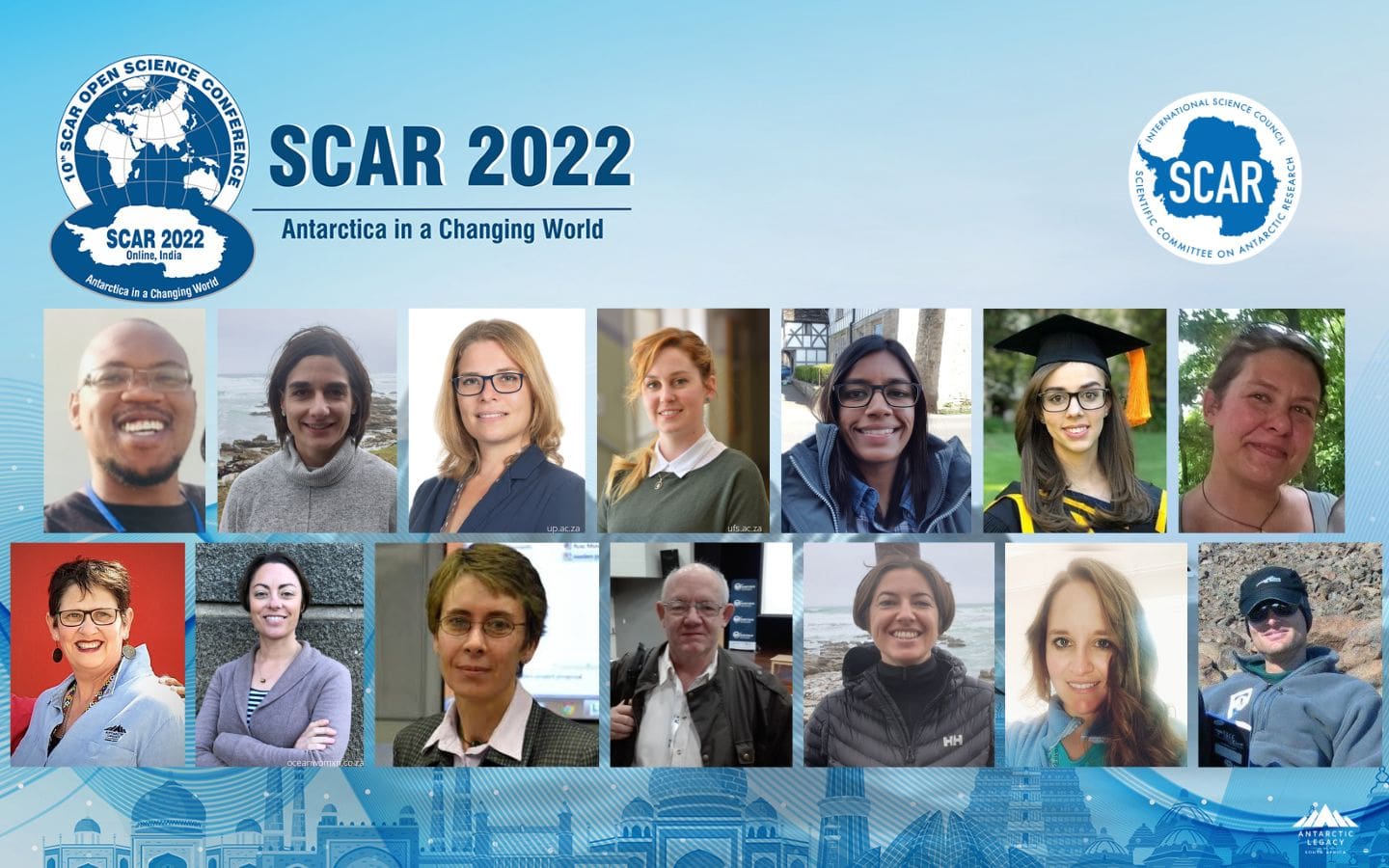
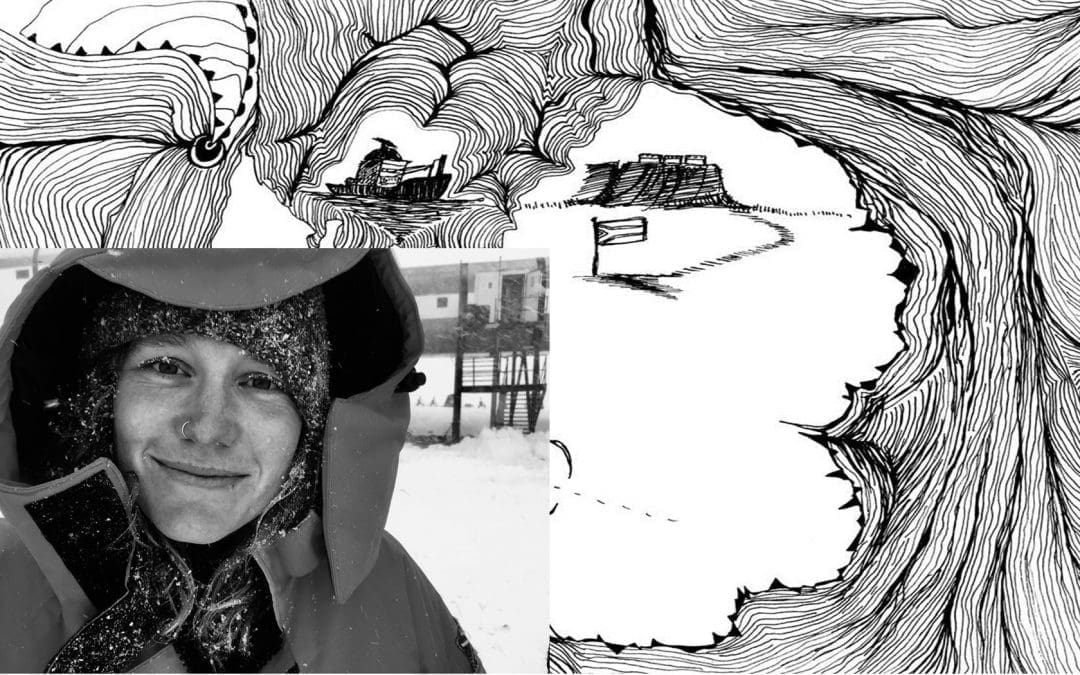
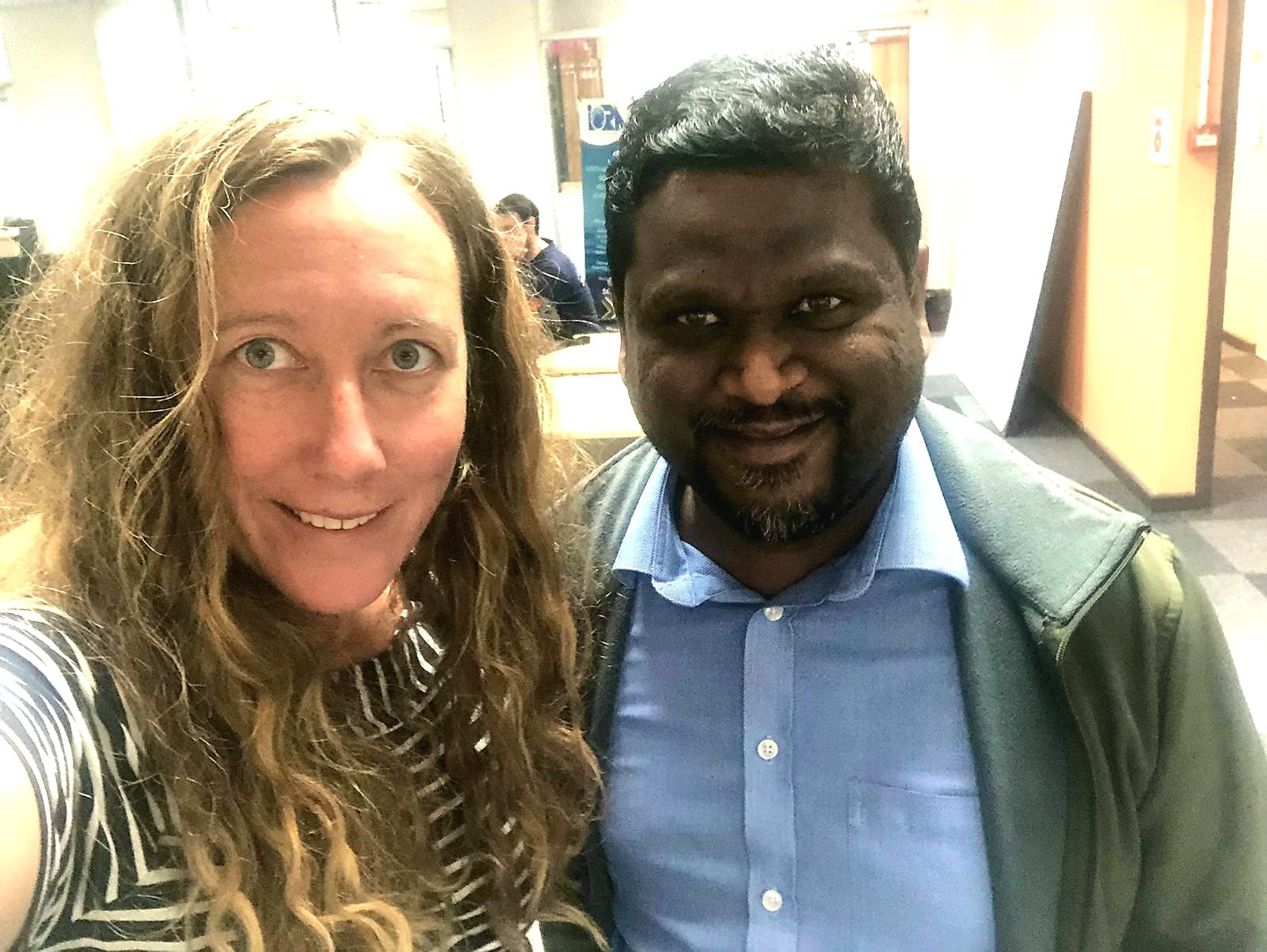
 The
The 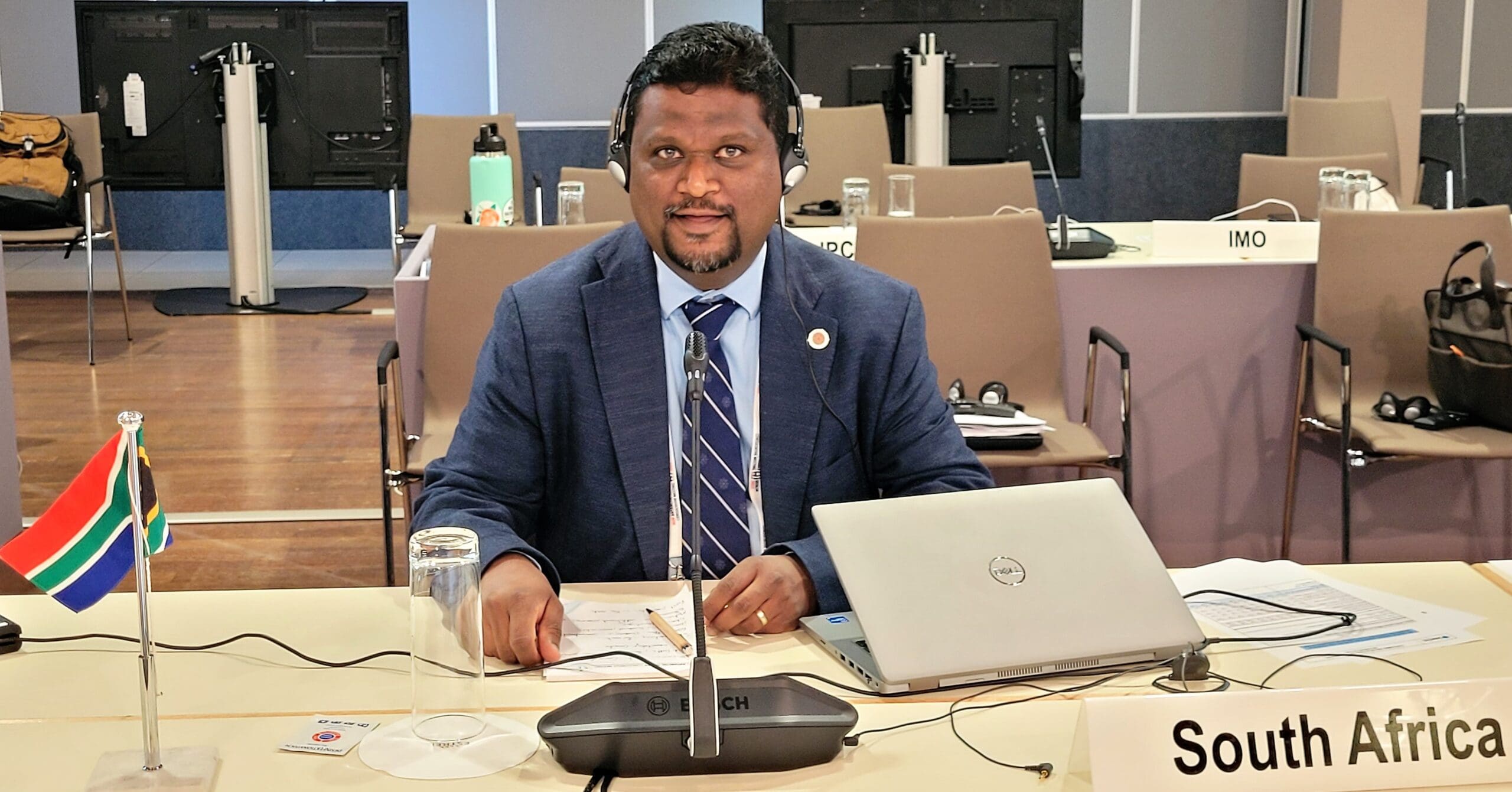 Nish hails from a small town in KwaZulu-Natal on the North Coast and completed his MBA in 2017. His previous appointment was the
Nish hails from a small town in KwaZulu-Natal on the North Coast and completed his MBA in 2017. His previous appointment was the 
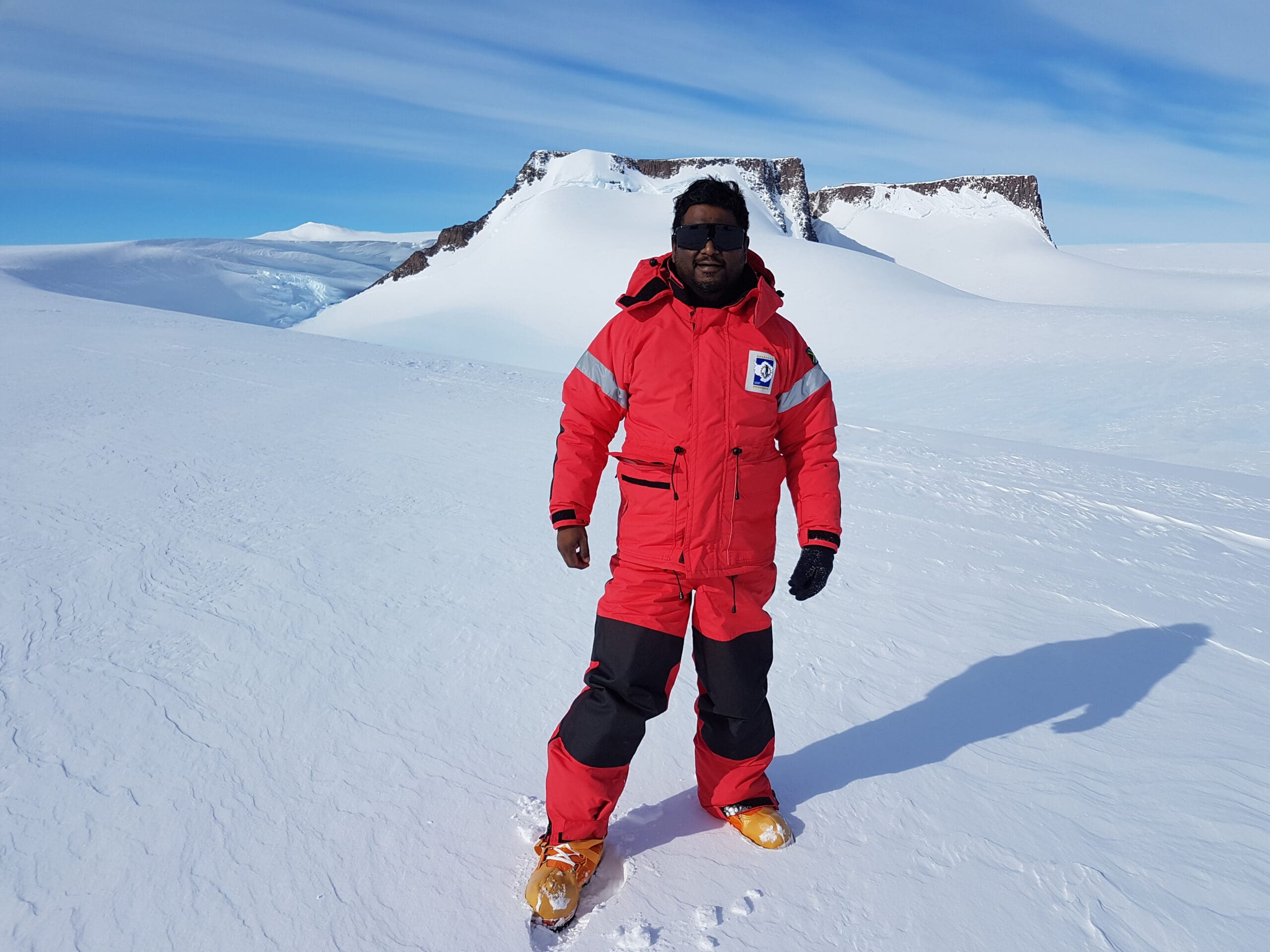 He has been to SANAE IV, Marion Island, and Gough Island and was South Africa’s representative at the
He has been to SANAE IV, Marion Island, and Gough Island and was South Africa’s representative at the 